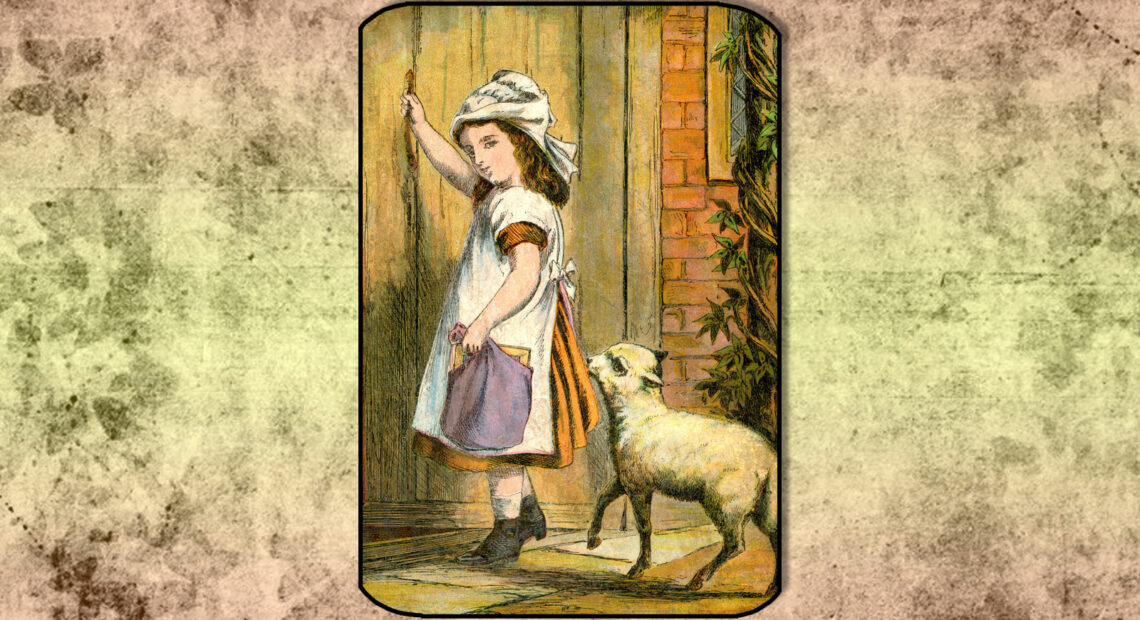The Surprising Controversy Behind ‘Mary Had a Little Lamb’

Nursery rhymes are often considered innocent and delightful, providing a sense of nostalgia for many. However, buried within the verses of some seemingly innocent rhymes lies a surprising controversy. One such nursery rhyme is “Mary Had a Little Lamb.” Although it has been a beloved children’s song for generations, the origins and underlying messages of this seemingly innocent rhyme have sparked debates and controversies over the years. In this blog post, we will explore the unexpected controversy behind “Mary Had a Little Lamb” and delve into the different interpretations that have emerged.
- The Origins of the Rhyme: “Mary Had a Little Lamb” was written by Sarah Josepha Hale and first published in 1830. The rhyme tells the story of a young girl named Mary and her devoted lamb, which follows her to school. Hale, a prominent American writer and editor, intended the rhyme to be a children’s poem promoting kindness to animals and demonstrating the bond between humans and their pets.
- Accusations of Racism: One controversial aspect of “Mary Had a Little Lamb” is the claim that the rhyme carries racial undertones. Some critics argue that the line “And everywhere that Mary went, the lamb was sure to go” perpetuates a narrative of white dominance and racial segregation. They suggest that the lamb symbolizes a white child, obediently following Mary, who represents the white community, while excluding children of color.
- Historical Context: To understand the controversy fully, it is essential to consider the historical context in which the rhyme was written. During the early 19th century, racial tensions were prevalent, and racial segregation was deeply ingrained in American society. The controversy surrounding “Mary Had a Little Lamb” stems from the interpretation of the lamb as a metaphor for white privilege, highlighting the exclusionary practices of the time.
- Alternative Interpretations: While some view the rhyme through a racial lens, others argue for alternative interpretations that focus on the overall message of kindness and compassion towards animals. They suggest that the lamb represents innocence and purity, signifying the love and bond shared between a child and an animal companion. According to this perspective, the controversy surrounding the rhyme is an overinterpretation that ignores its intended meaning.
- Impact on Popular Culture: Despite the controversy, “Mary Had a Little Lamb” has remained a widely recognized and beloved nursery rhyme. Over the years, it has been adapted into various children’s books, movies, and songs, solidifying its place in popular culture. However, the discussions surrounding its controversial aspects have prompted many educators and parents to reevaluate the rhymes they introduce to young children, considering their potential implications.
“Mary Had a Little Lamb” serves as a reminder that even seemingly innocent nursery rhymes can have underlying controversies. The debate surrounding this particular rhyme’s racial implications highlights the need for critical analysis and understanding of the historical context in which these rhymes were created. By engaging in thoughtful discussions, we can continue to evolve our understanding of nursery rhymes and their impact on children’s development, ensuring a more inclusive and empathetic future.
Picture Courtesy: Google/images are subject to copyright








